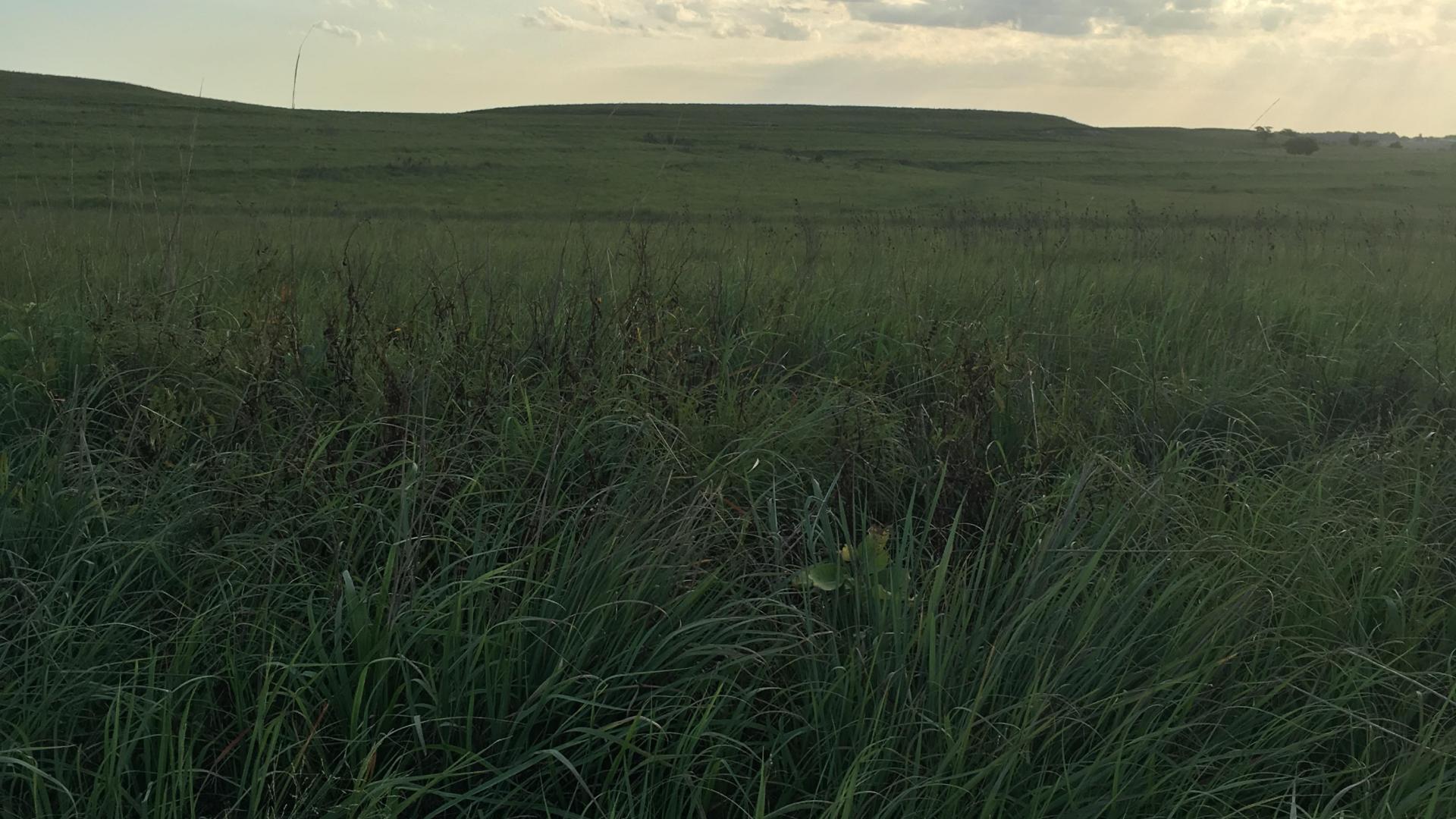
- Body
Beginning in the 1960s, the public started to become more concerned about the impacts of agriculture on the natural environment. In addition, the public began to look to public lands for uses other than natural resources extraction like timber, grazing and mining. In response, Congress passed a series of laws that changed how we use and manage public lands. The most significant of these is the National Environmental Policy Act, also known as NEPA. Information on how NEPA works is available here (link). Other important laws include:
The Multiple Use Sustained Yield Act (1960): explicitly required the USFS to manage public lands according to the principles of multiple use and sustained yield, e.g. that the US Forest Service should work to balance multiple interests while also ensuring the availability of resource for future generations.
The Endangered Species Act (1973): provides specific legal protections for species at risk of extinction. This law prevents any type of harm to species listed by the US Fish and Wildlife Service as threatened or endangered with extinction and under certain conditions can require changes in management to protect species.
The National Forest Management Act (1976): sets specific rules for how the US Forest Service conducts planning and management activities, including requiring national forests to develop and implement resource management plans that consider all uses of forests while maintaining sustainability of resource use.
The Federal Land Policy and Management Act (1976): sets similar rules for the BLM as are set for the US Forest Service in the National Forest Management Act. Also puts in place specific requirements to restore rangelands and prevent future overgrazing and rangeland degradation.
The Clean Water Act (1972): was designed to protect waterways from pollution. This law has been highly contentious over the years because of the impact of the regulations on landowners in areas with wetlands and small streams.
The Public Rangeland Improvement Act (1978): sets the formula for calculation of grazing fees that is still in use today.
The Rescissions Act (1995): required the US Forest Service to conduct NEPA analysis on grazing allotments on a specific timeline.